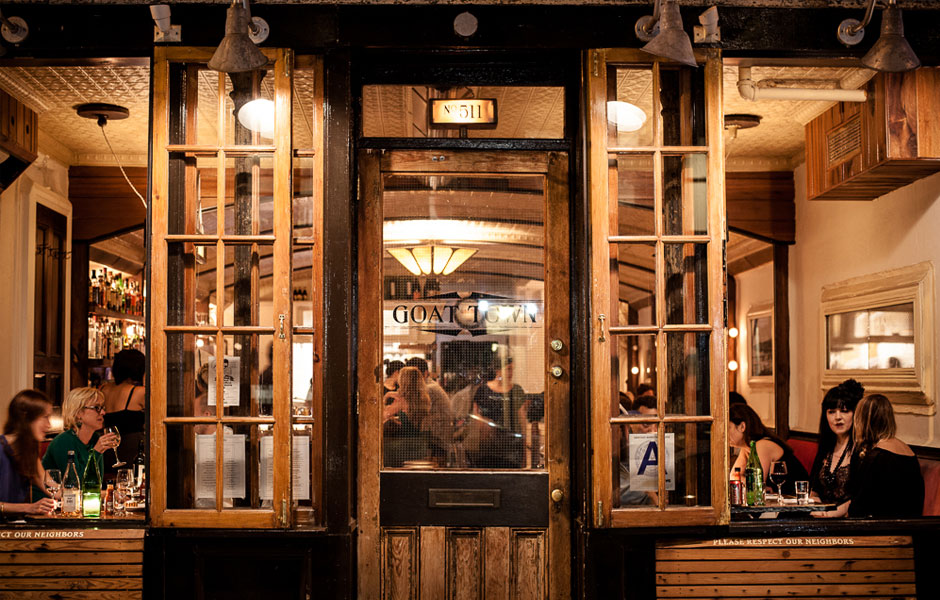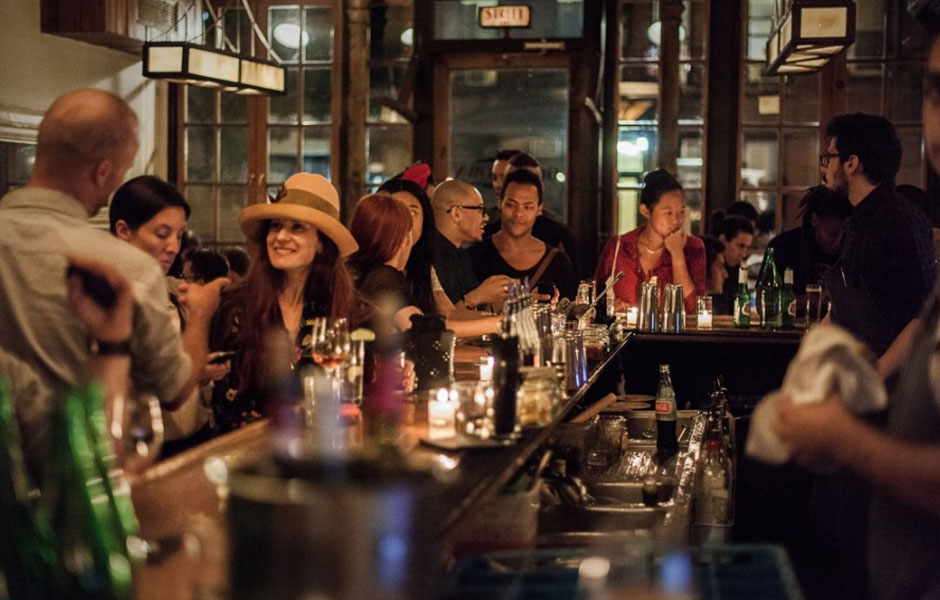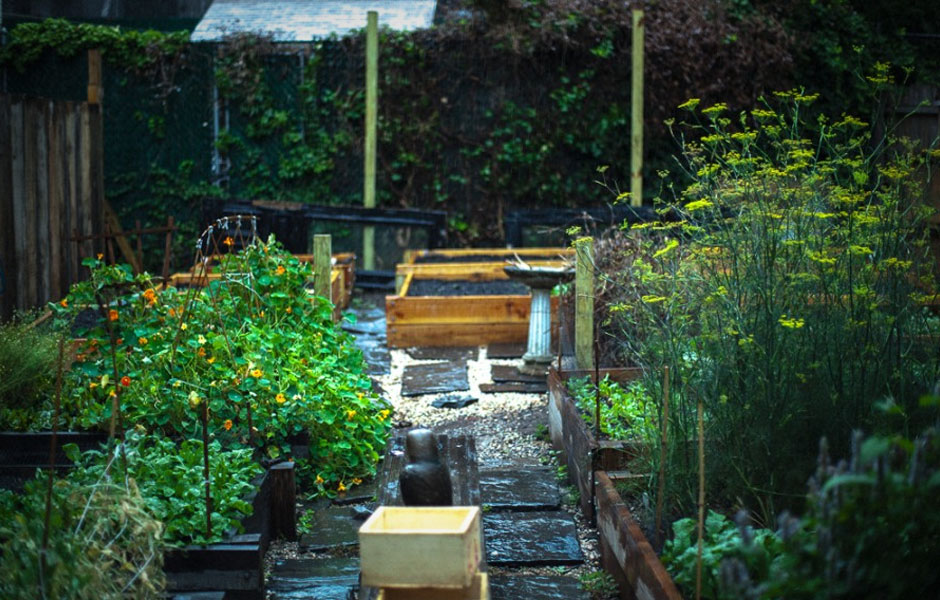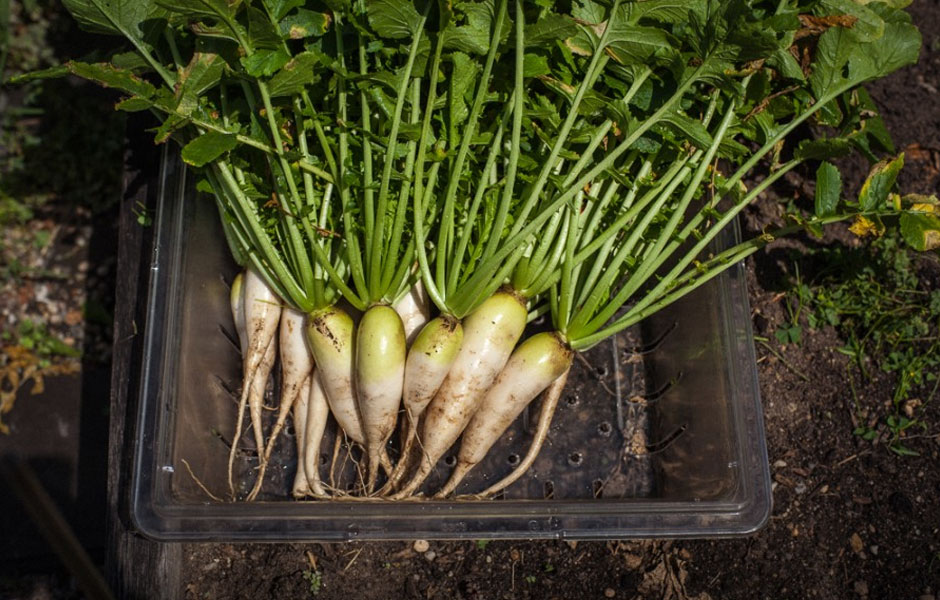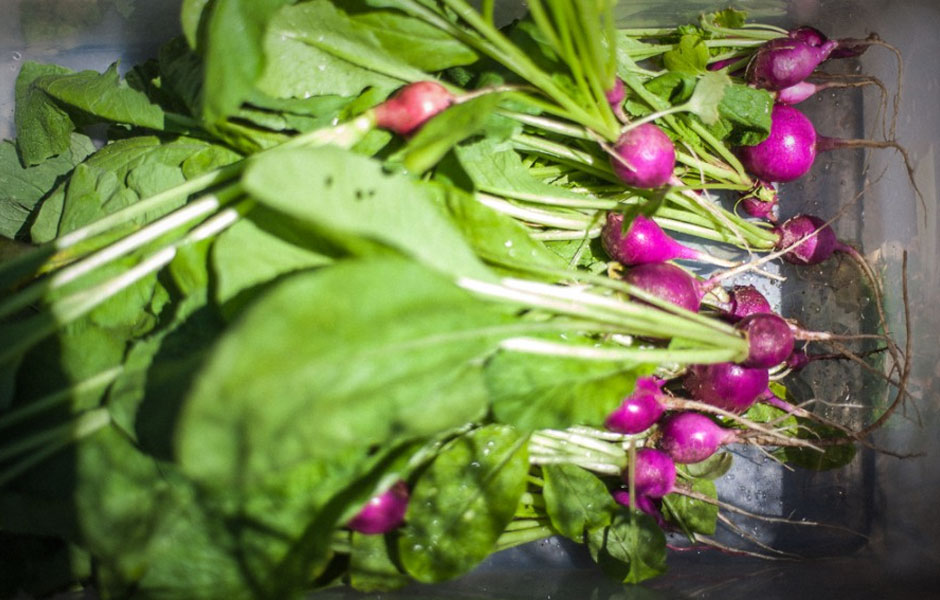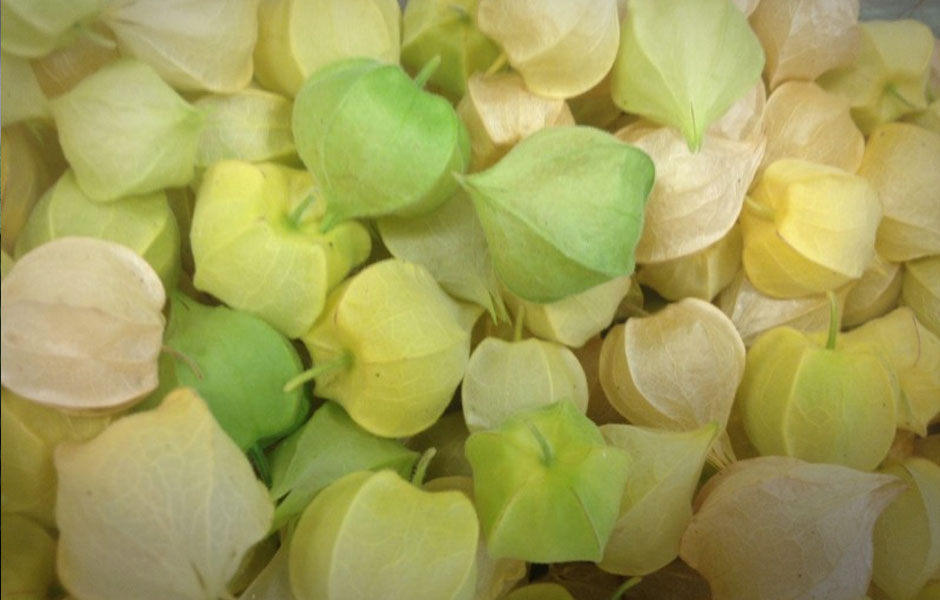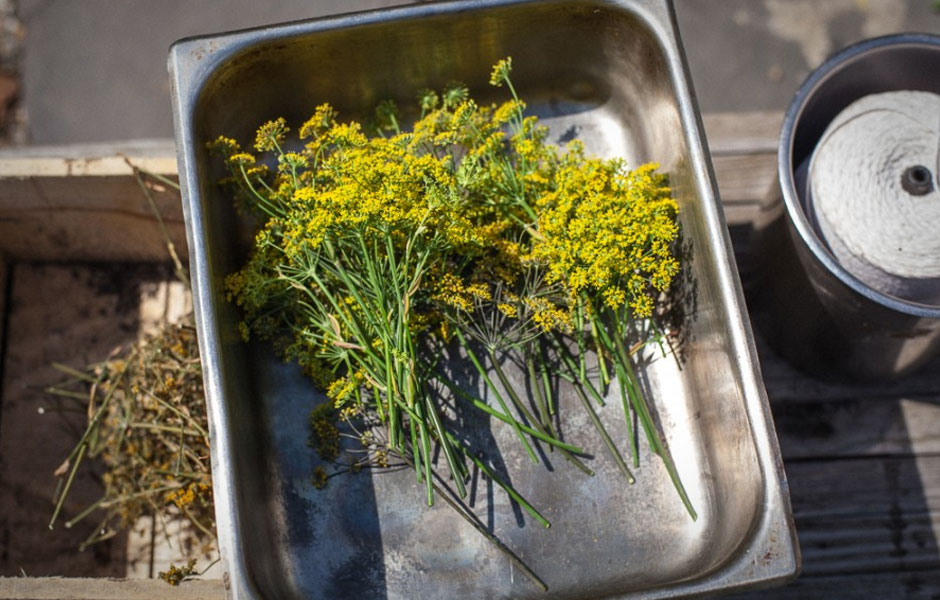When you step into Goat Town for the first time, it may seem like your normal, charming neighborhood hangout. The bar is full of locals, getting their drink on with deliciously strong cocktails. The tables are filled with delectable, seasonal fare like house-made ricotta crostini and grilled steak with roasted eggplant. And even though the scene is a telltale sign the food and drinks are tasty, there is more to Goat Town than immediately meets the eye. Walk back through the restaurant, past the open kitchen, out the back door, and you’ll find yourself in one of the best restaurant gardens in NYC.
Restaurants growing their own produce to use on the menu is nothing new, but it’s still a fairly quaint idea in a city as concrete as New York. So to witness Goat Town’s talented back of house staff tending to the fresh fruits and vegetables that will later be a part of your meal makes it all that much tastier. To get a better idea of what goes into planting seeds that later will end up on your dinner plate (yes, we’ve eaten here and the food is amazing), we asked Chef Kelly Hughett to take us on a tour of the garden, and she graciously obliged.
You have a beautiful back garden in which you grow fresh fruits and vegetables to use in the restaurant. So in a chicken vs. the egg question, do you tend to plan menus in advance and plant seeds accordingly or vice versa?
A little bit of both. We do plant items we intend to use on the menu like baby turnips and radishes, for example. We also plant what we find to be exciting and often times hard to find such as heirloom pole beans and French savoy melons, knowing we can always find space on the menu for these special items.
What types of fresh ingredients from your garden should we expect to see on the menu if we come in this weekend? How about two months from now?
Right now we are using from the garden: baby turnips, radishes, anise hysopp, wildfire mixed lettuces, lavender and St. Pierre tomatoes. In the next month or two, we will be harvesting and using baby purple carrots, watercress, French savoy melons, parsnips and rainbow chard.
You also grow flowers and use them in dishes as well. What types of flowers are best to eat? Are they more of an aesthetic ingredient or do they add specific flavor to a dish?
Although we do have violets and are growing nasturtiums, the flowers I enjoy eating the most come from the flowering herbs and lettuces. We use the flowers from red mustard, thyme, anise hysopp, wild fennel and parsley. These flowers intensify the natural flavor found in each of these plants, often times with a subtle sweetness.
We’ve eaten at Goat Town, and the food is absolutely incredible. Besides your own garden, what is your philosophy on sourcing other ingredients? Do you stick to local farms and purveyors or just look for the very best, no matter from where it comes?
We do try to source the best ingredients in season from wherever they may come. With that said, we use local farms and purveyors whenever possible.
Goat Town is located in NYC’s East Village at 511 East 5th Street. Visit them online at goattownnyc.com.
